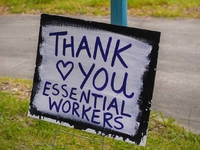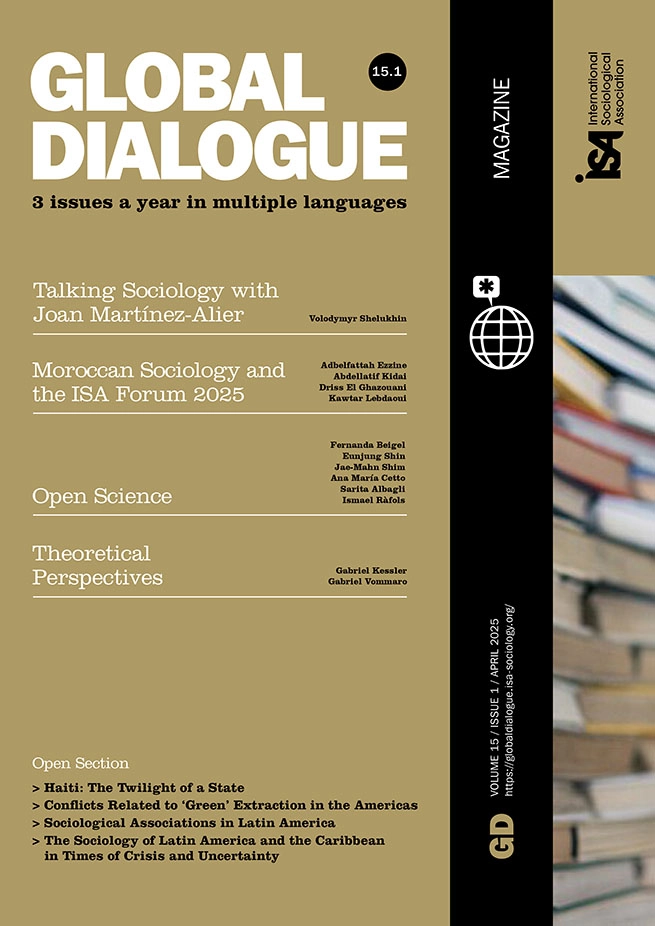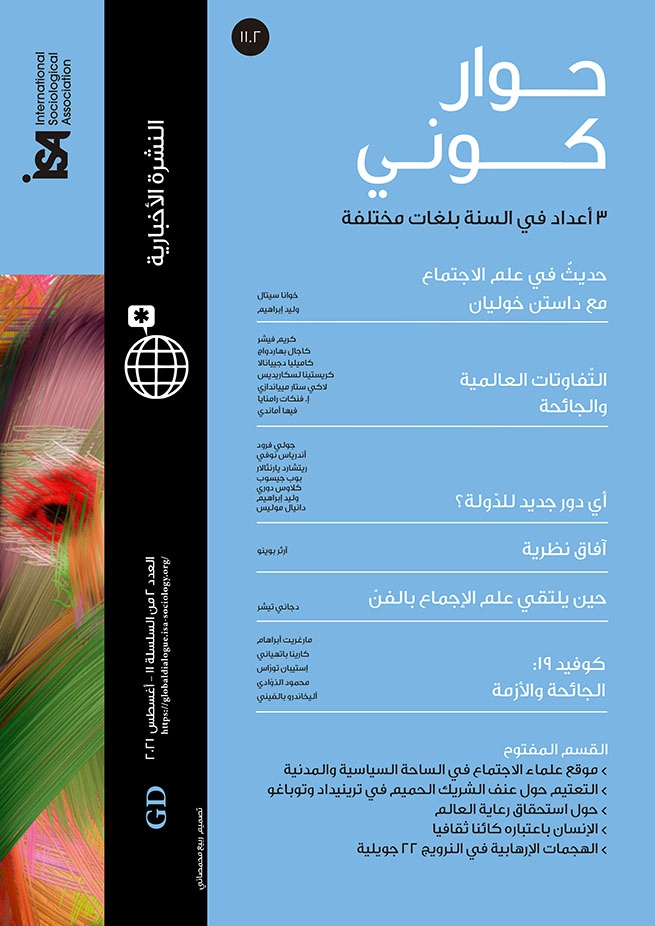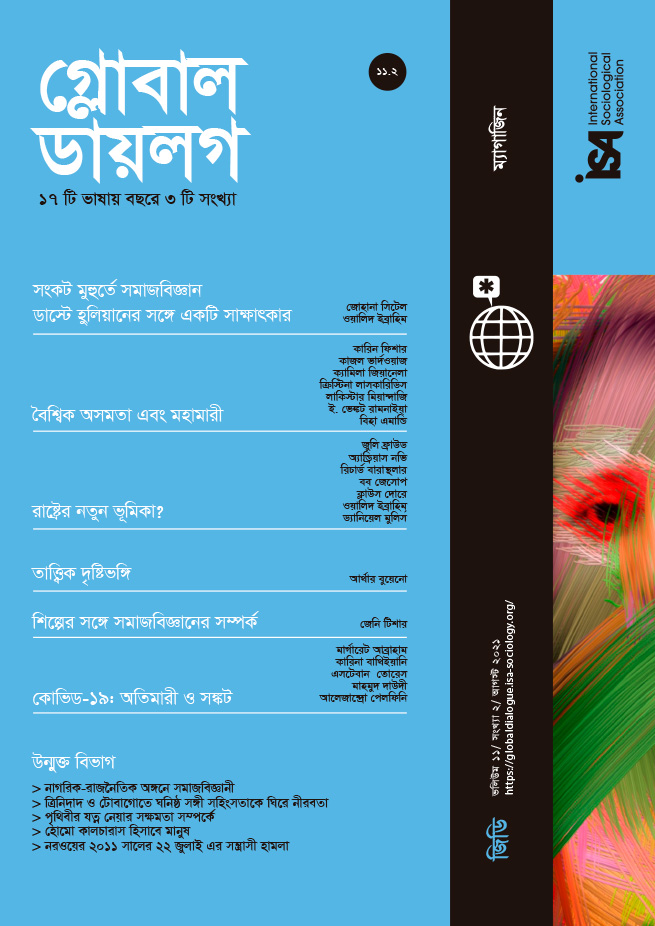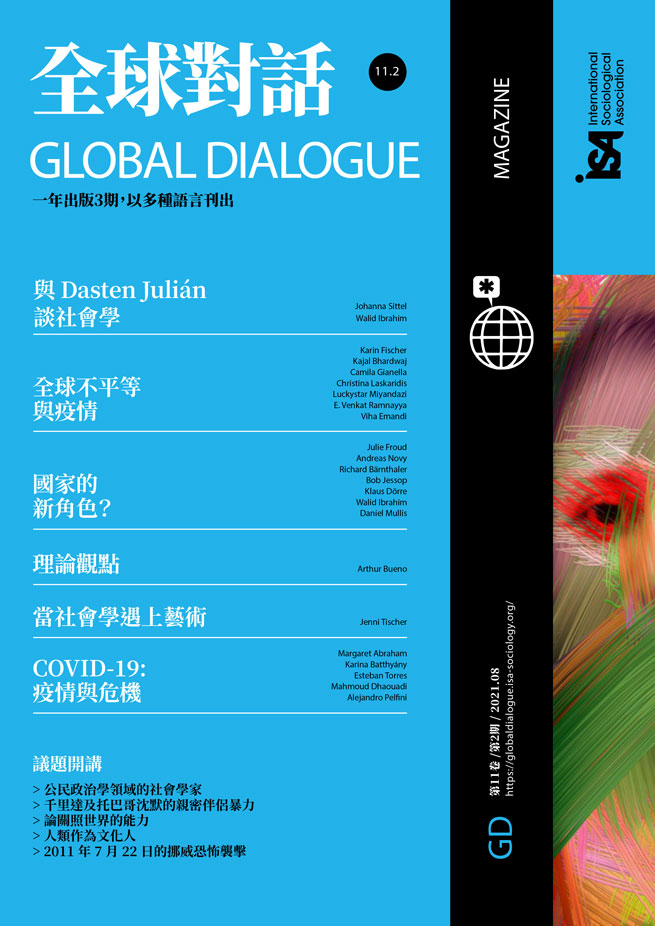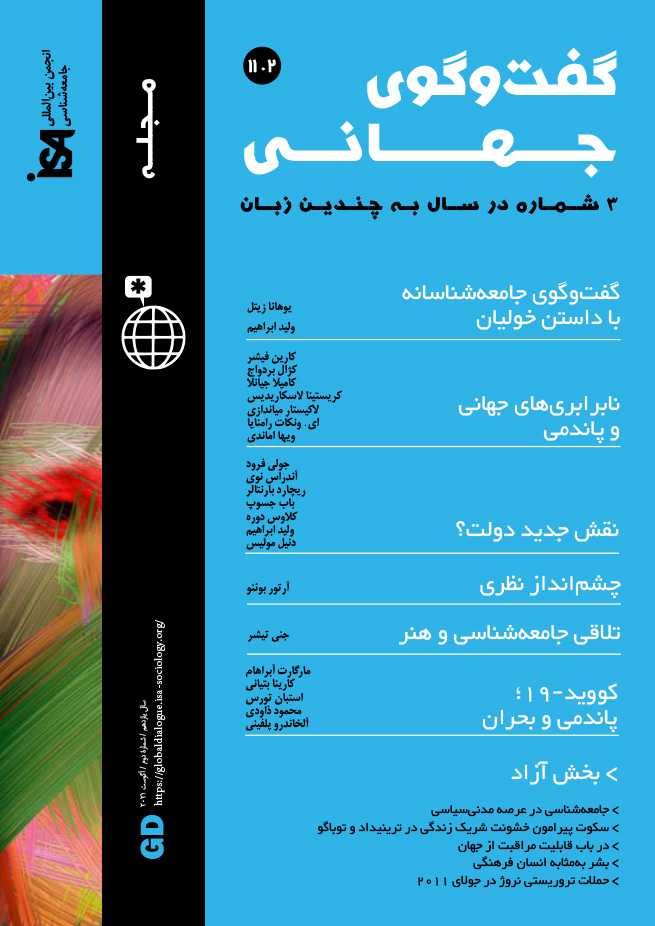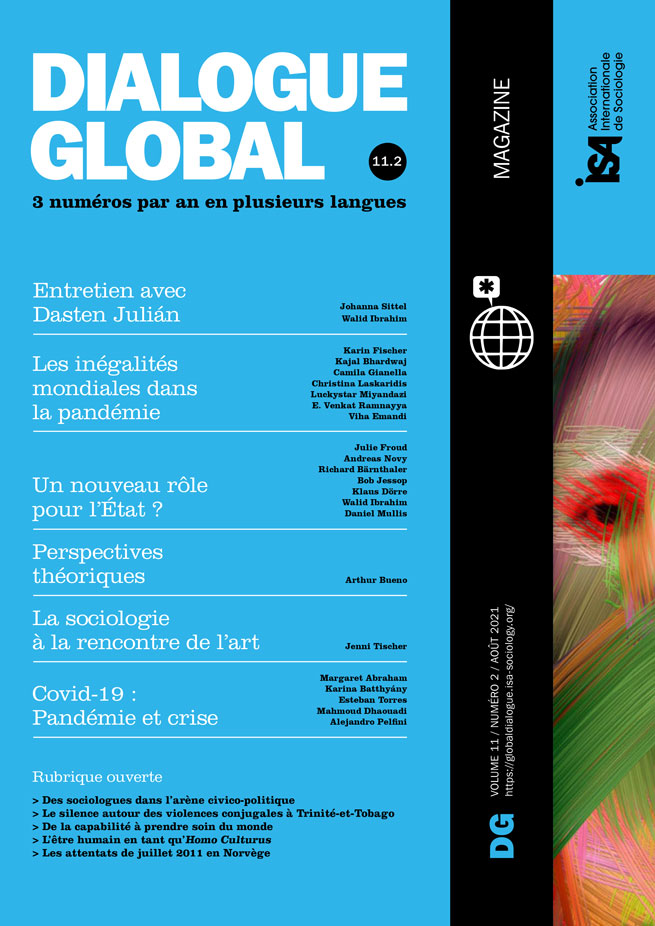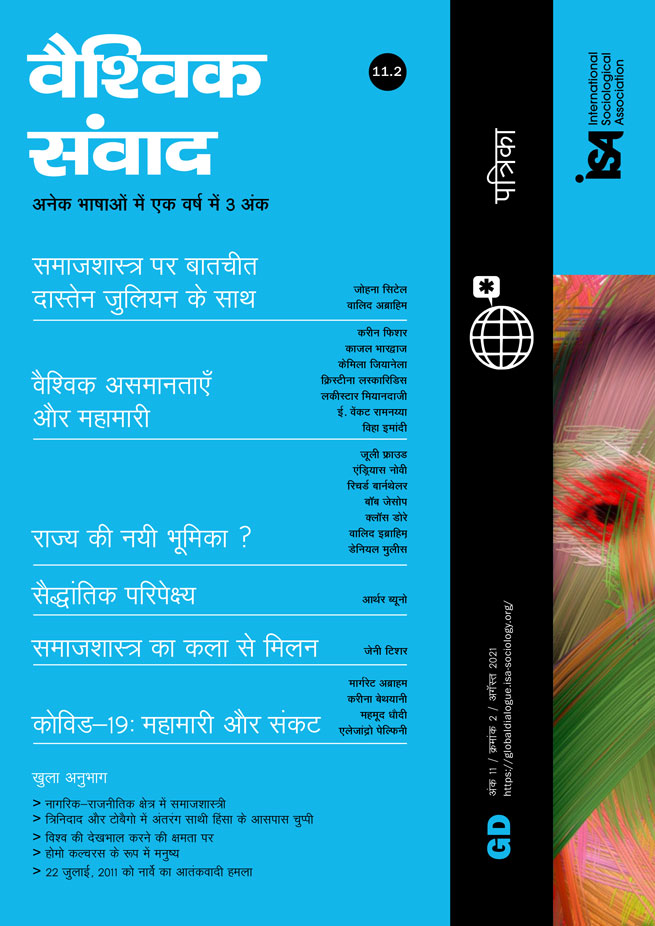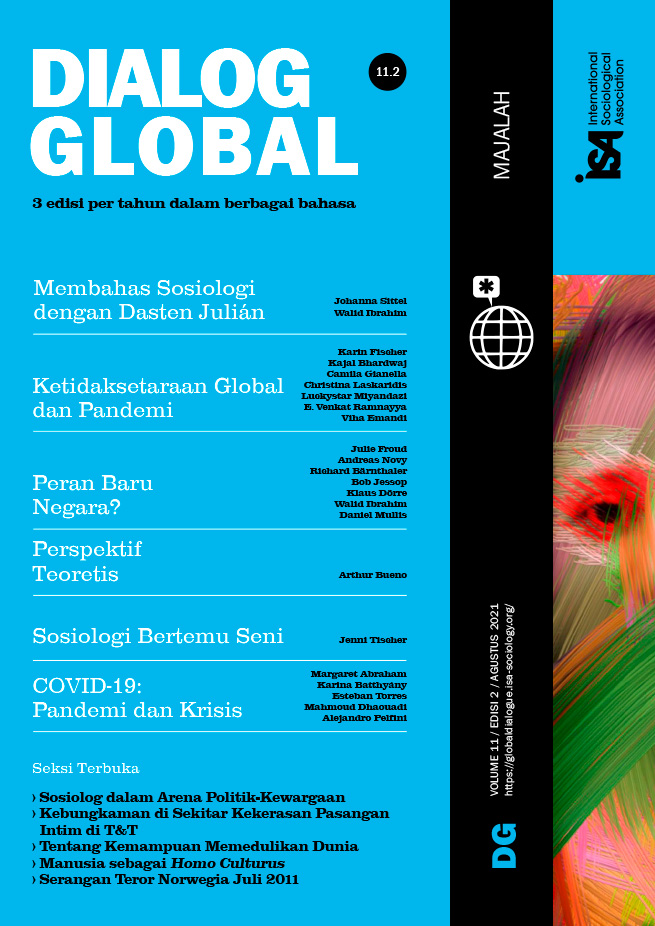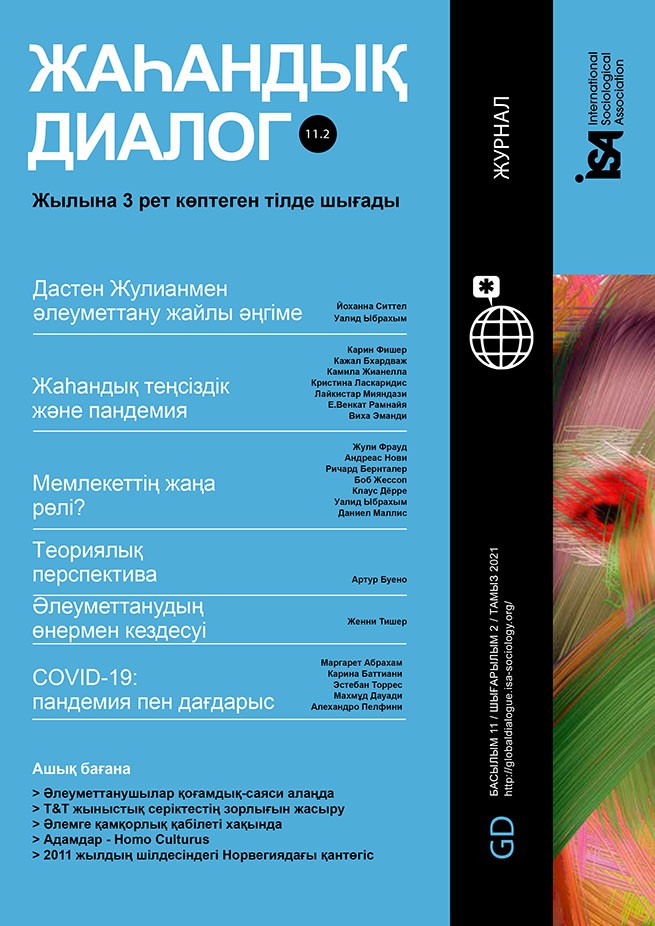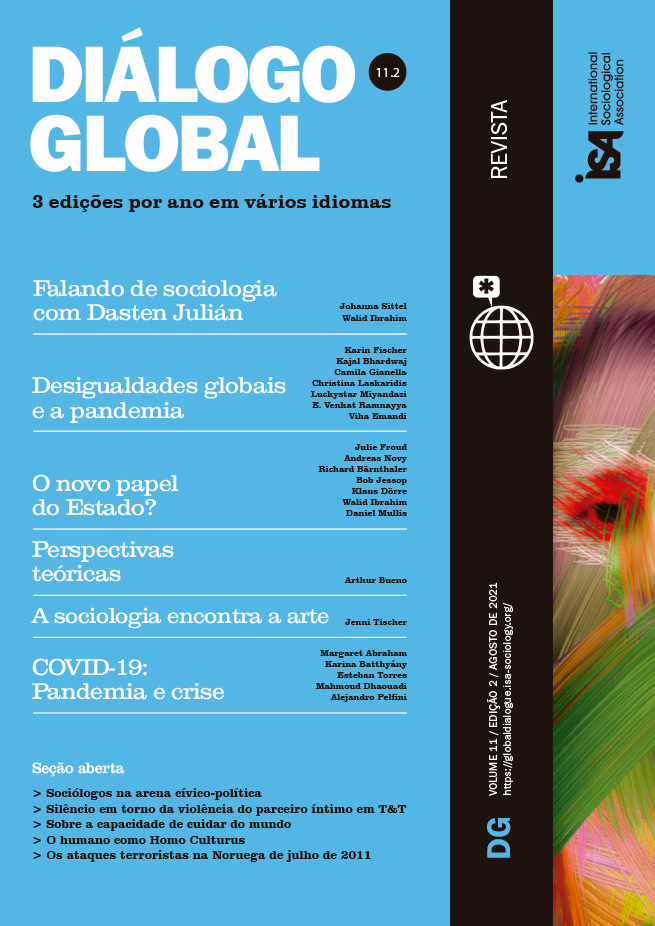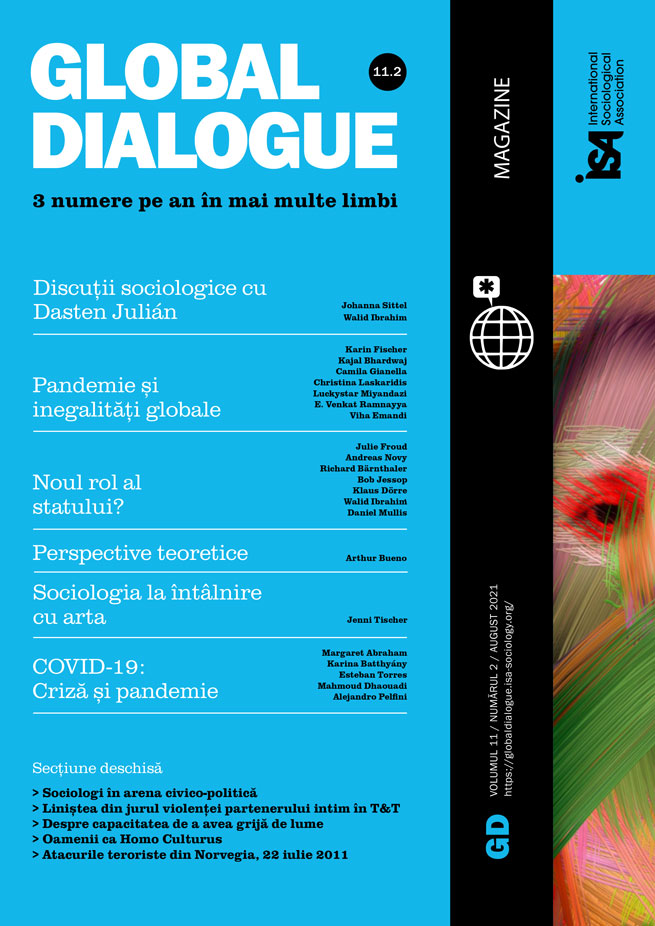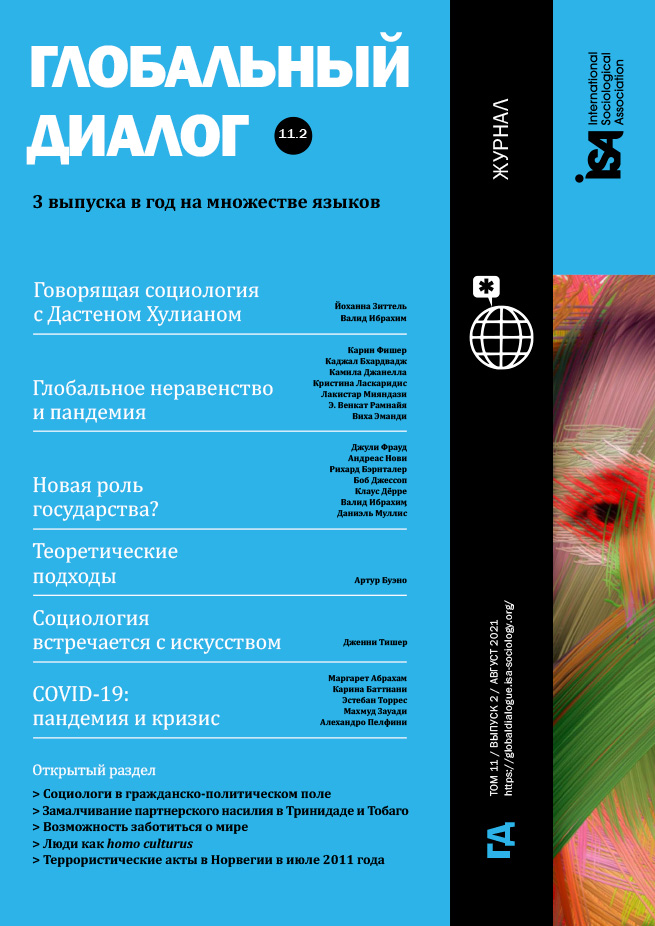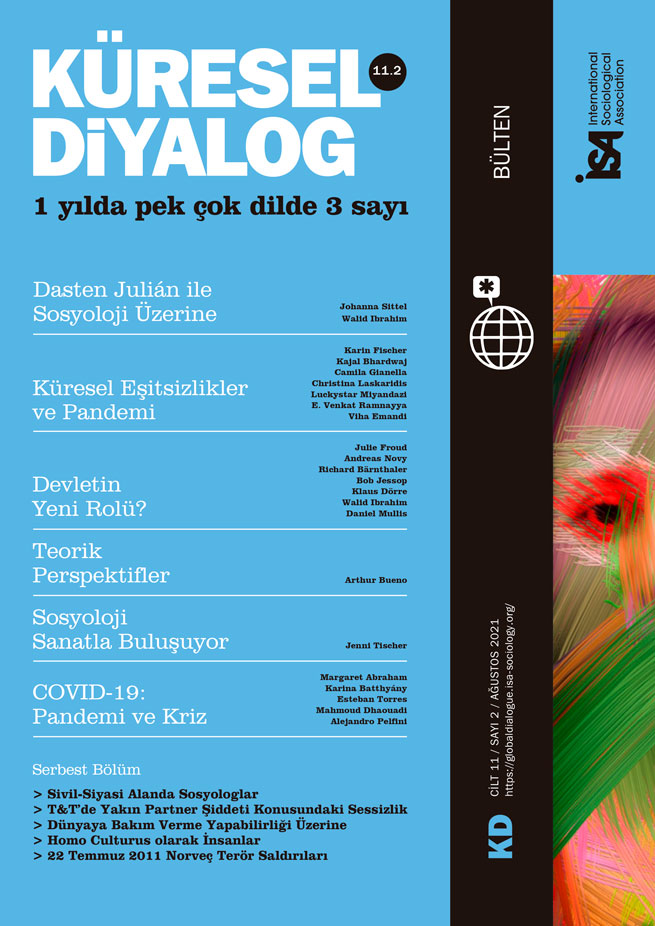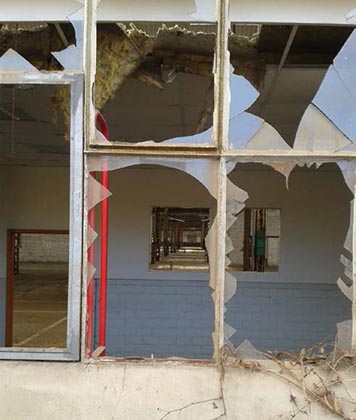It is “precisely whose or which lives are policed or made safe,” argues Rosemary-Claire Collard, which defines biopolitical calculations. Biopolitics, following Michel Foucault, is politics concerned with the well-being of a population. It is the capability of “making live” and “letting die.” Matthew Hannah, Jan Simon Hutta, and Christoph Schemann argue that state responses to COVID-19 “have been justified in biopolitical terms by a ‘re-biologization’ of the population, and a perceived overarching imperative to keep as many people alive as possible.” But obviously some lives count more than others. All over the world the level of infection with COVID-19 rises with marginalization in regard to class, race, and gender. The pandemic has a very distinct geography that sheds light on neglected segments of society, places that the state is not willing to make safe. I will elaborate on this argument with particular reference to state (non-)intervention in Germany.
Peripheralization
“Where the virus is concentrated, you find the peripheral, in the city and society” argue Samantha Biglieri, Lorenzo De Vidovich, and Roger Keil. In a talk early January 2021 the latter identifies three related patterns of peripheralization: Spatial peripheralization involves places that are not central in contemporary societies; institutional peripheralization arises from state-led practices that organize society in ways that push people to the margins; and social peripheralization addresses the racial division of society – a perspective which I wish to broaden by adding the dimensions of class and gender to that of race.
Regarding the geographies of COVID-19 in Germany, the Robert Koch Institute has shown that in the winter of 2020/21 mortality was about 50% to 70% higher in regions with high socioeconomic deprivation than in regions with low socioeconomic deprivation. Data from urban regions such as Berlin, Bremen or Cologne indicate that the pandemic hits those districts hardest where population density is high, people have a lower average income, and the poverty rate is higher. When discussing state (non-)intervention, institutional peripheralization is the most meaningful among the three patterns of peripheralization. It becomes evident for example in the production of poverty as well as the production of spatial periphery.
Regarding the first pattern, poverty has taken on greater prominence through the implementation of the German welfare system reform referred to as Agenda 2010. Inter alia, a low-wage sector was implemented and basic social assistance was reorganized. Poverty does not exist naturally: it is re/produced by an unjust economic system, and it is aided by law and state power. The consequences are evident. Figures show that people dependent on basic social assistance are affected far more by COVID-19 than more affluent sections of society. The long-term unemployed are hospitalized almost twice as often as people in employment. People lacking economic resources live in more overcrowded or cramped quarters, often peripheralized in social housing; they work under precarious conditions; and they are cut off from digital infrastructures, making proper homeschooling impossible. All these aspects result in higher vulnerability and a growing social divide. In the course of the pandemic the less wealthy have lost income, while the middle classes have maintained their status, and the super-rich have become richer.
The second pattern discussed – the production of spatial periphery – is a political process applied from the center of society. On the one hand, political decisions under the principles of capitalist statehood create landscapes of centrality and periphery. Products of this include patterns of exclusion in social housing, refugee camps, shelters for the homeless, nursing homes, but also the assignment to precarious working conditions. During the pandemic all of these social settings have become COVID-19 hotspots in Germany. At the same time, housing estates and urban districts in particular have been portrayed in political discourse as dangerous places, in order to decouple the pandemic from mainstream society. This strategy is already known from discourses about ghettos. First the pandemic is spatialized, then part of the space is labeled “migrant,” “poor,” “unruly,” etc., leading to the conclusion that this space, along with its inhabitants, is the true problem.
Centrality
What becomes evident is that the making of un/safe spaces is a political process applied by the powerful. Foucault argues that in the course of neoliberalization the political economy becomes the defining rationale for governmental decisions. Wendy Brown adds that “the state’s purpose is to facilitate the economy, and the state’s legitimacy is linked to the growth of the economy.” German measures aiming to constrain COVID-19 adhered to this principle. According to the available data, only 12.8% of gross value added was directly affected by pandemic-related restrictions: these effects were felt the most in retail, catering, education, the travel and recreation industries, and culture. The other 87.2% of the economy continued operations more or less unaffected. No attempt was ever made to shut down the economy to protect the precarious labor force from infection.
It follows that mass outbreaks in peripheralized spaces also indicate centrality. This can be argued for the high infection rates in slaughterhouses, logistic centers, and schools. The meat industry is an important export-oriented sector in Germany, whose production was not allowed to come to a standstill. In the case of logistic centers, Agnieszka Mróz, an Amazon worker from Poznan, Poland, made this point sharply when she stated that she and her fellow workers were not victims, but worked at the central hub of global capitalism, crucial to the unimpeded flow of commodities. In the case of schools, it is clear that, despite much talk of children’s rights, children never counted for much during the pandemic. Schools were opened primarily to keep parents available for the labor force and not for the sake of educational justice.
Patterns of state (non-)interventionism
COVID-19 marks multiple spatial, institutional, and social peripheries, and these are the spaces where the virus and the social consequences have the greatest adverse effects. Socioeconomic deprivation exposes people to deadly risks and poverty. Regarding state interventionism, it is of great importance to highlight the authoritarian and security-oriented paths that most governments have chosen to take in confronting the virus, instead of including people in a democratic process of restraining freedom based on solidarity and justice. But it is also important to analyze more carefully where the state has chosen not to take action, and not make places safe. And where, instead, political decisions have deepened patterns of externalization, marginalization, and peripheralization along the class, race, and gender lines, in order to protect ‘the people’ from whom the marginalized are separated.
Daniel Mullis, Peace Research Institute Frankfurt (PRIF), Germany <mullis@hsfk.de>

